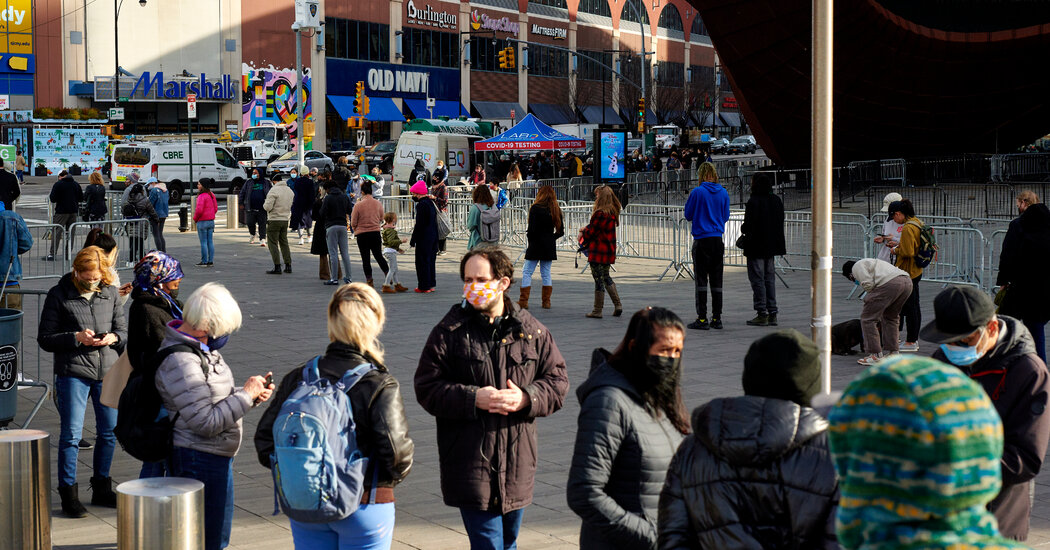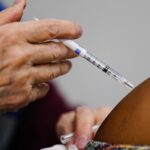
“They’re a hot item,” Mr. Ho said. “One guy came in and took all of them.”
The difference between the United States and Europe is rooted partly in their differing health care systems, but also stems from a critical decision that the Biden administration made months ago: not to subsidize tests in the same way it subsidizes vaccines. Some Western countries decided early on to shoulder much, if not all, of the testing costs, guaranteeing demand and, some argue, lowering prices through purchasing agreements with major manufacturers.
The Biden White House only recently — in back-to-back announcements in September and October — committed to spending a total of $3 billion to buy tests. More than half has been spent on over-the-counter tests, senior administration officials said.
“It’s been a dreadful situation from Day 1 of the pandemic, and I would say it’s still botched,” said Eric Topol, a professor of molecular medicine at Scripps Research. “We should have an ample supply of rapid tests freely available,” as in Britain, Israel and some other countries, he added.
Earlier this month, Mr. Biden announced that at-home tests would be reimbursed by insurers for the 150 million Americans who have private insurance, and that the administration would distribute an additional 25 million tests to community health centers and rural clinics, which tend to treat lower-income patients.
But the announcement drew immediate complaints from public health experts, including Dr. Topol, who objected to requiring that people go through the process of seeking reimbursement. Dr. Topol said the notion that consumers would routinely front such costs in the hope of reimbursement was “a nonstarter.”
White House officials say they are working to further expand production of at-home tests, which would in turn create market competition and, presumably, drive down the cost. Demand is only expected to grow after the Centers for Disease Control and Prevention endorsed a new approach on Friday for allowing children exposed to the coronavirus to stay in school, testing at least twice over the course of a week, instead of requiring them to quarantine.
“We are continuing to do everything we can to continue to grow that supply,” Carole Johnson, the testing coordinator for the White House coronavirus response team, said in an interview Friday.




